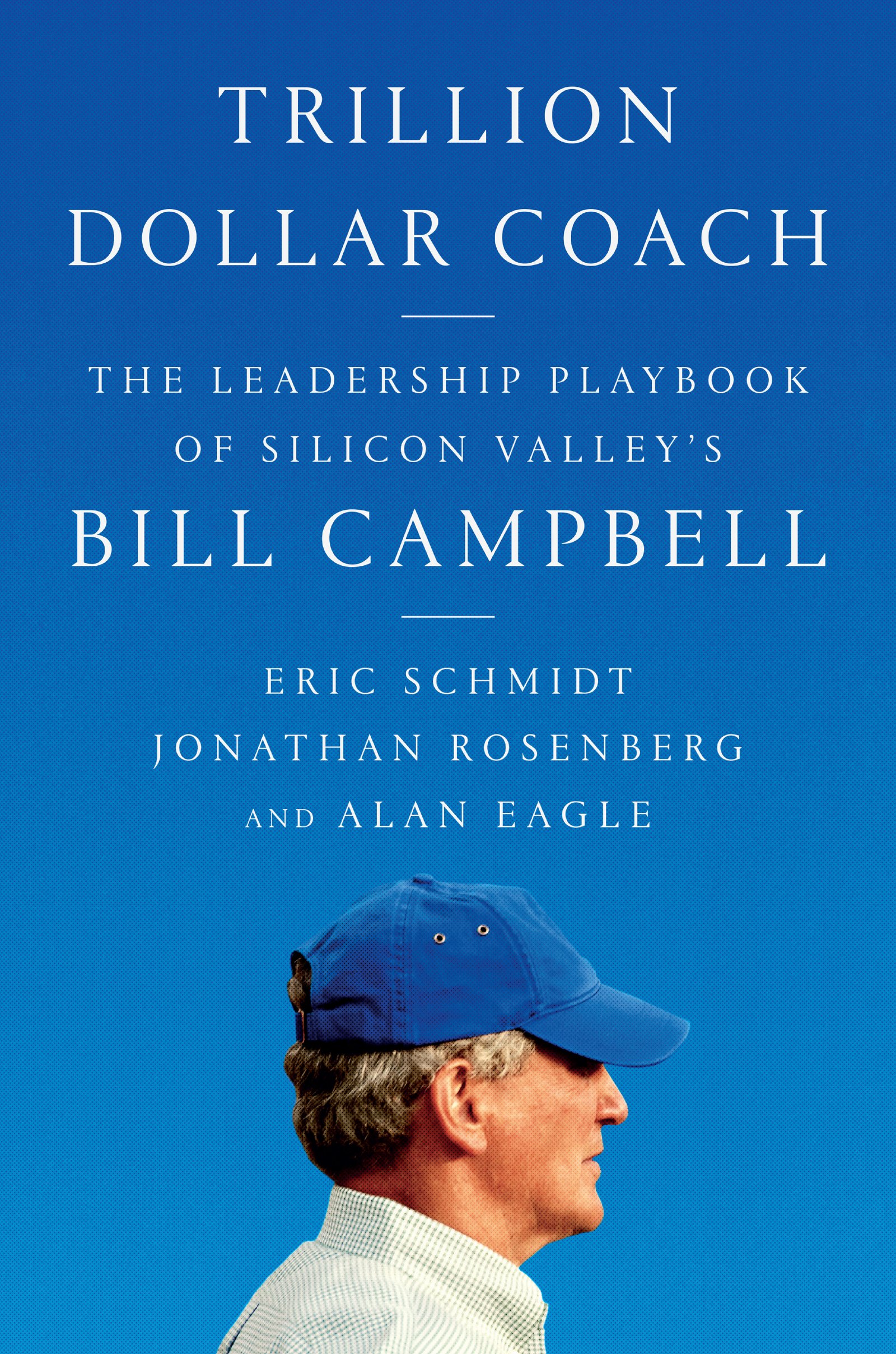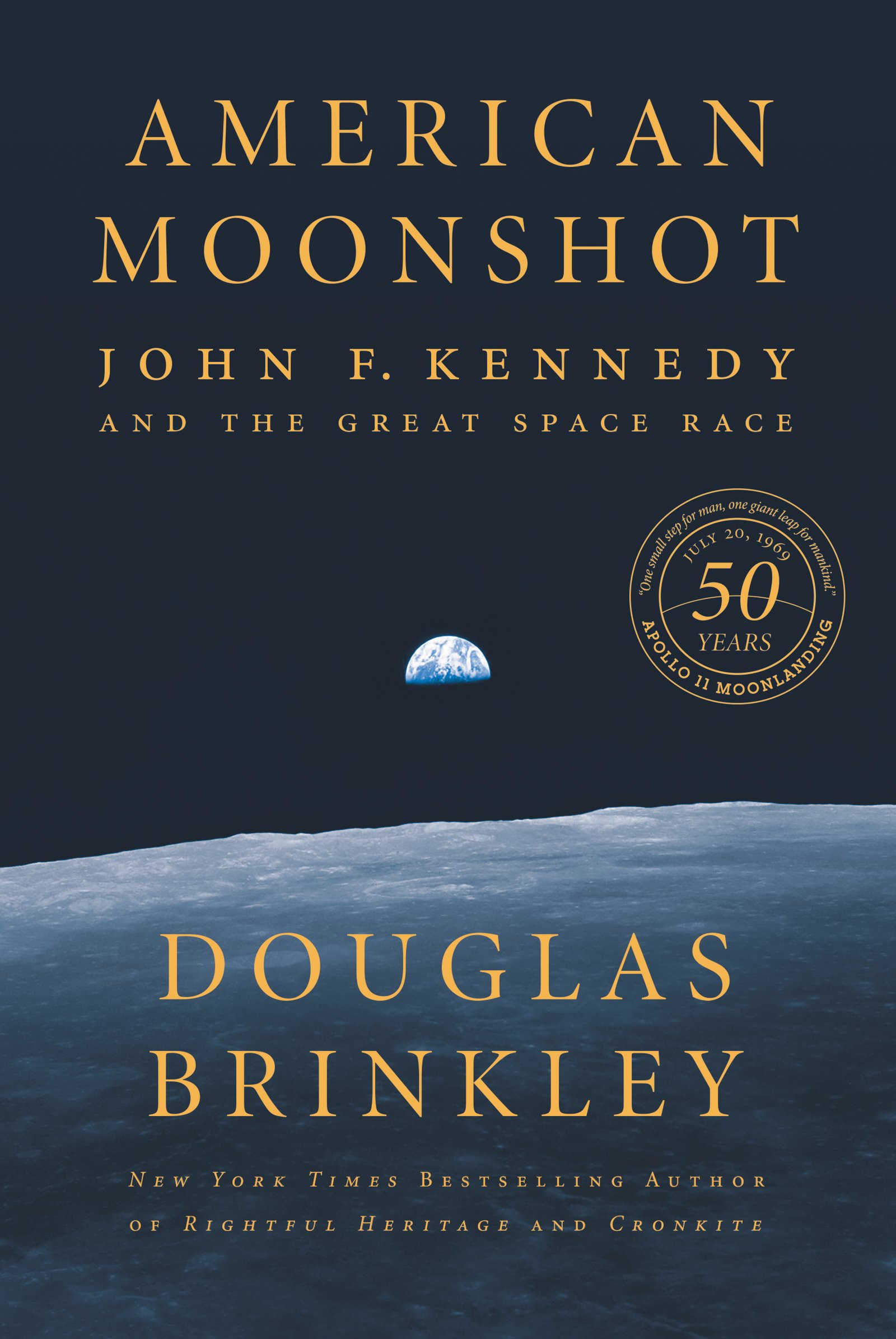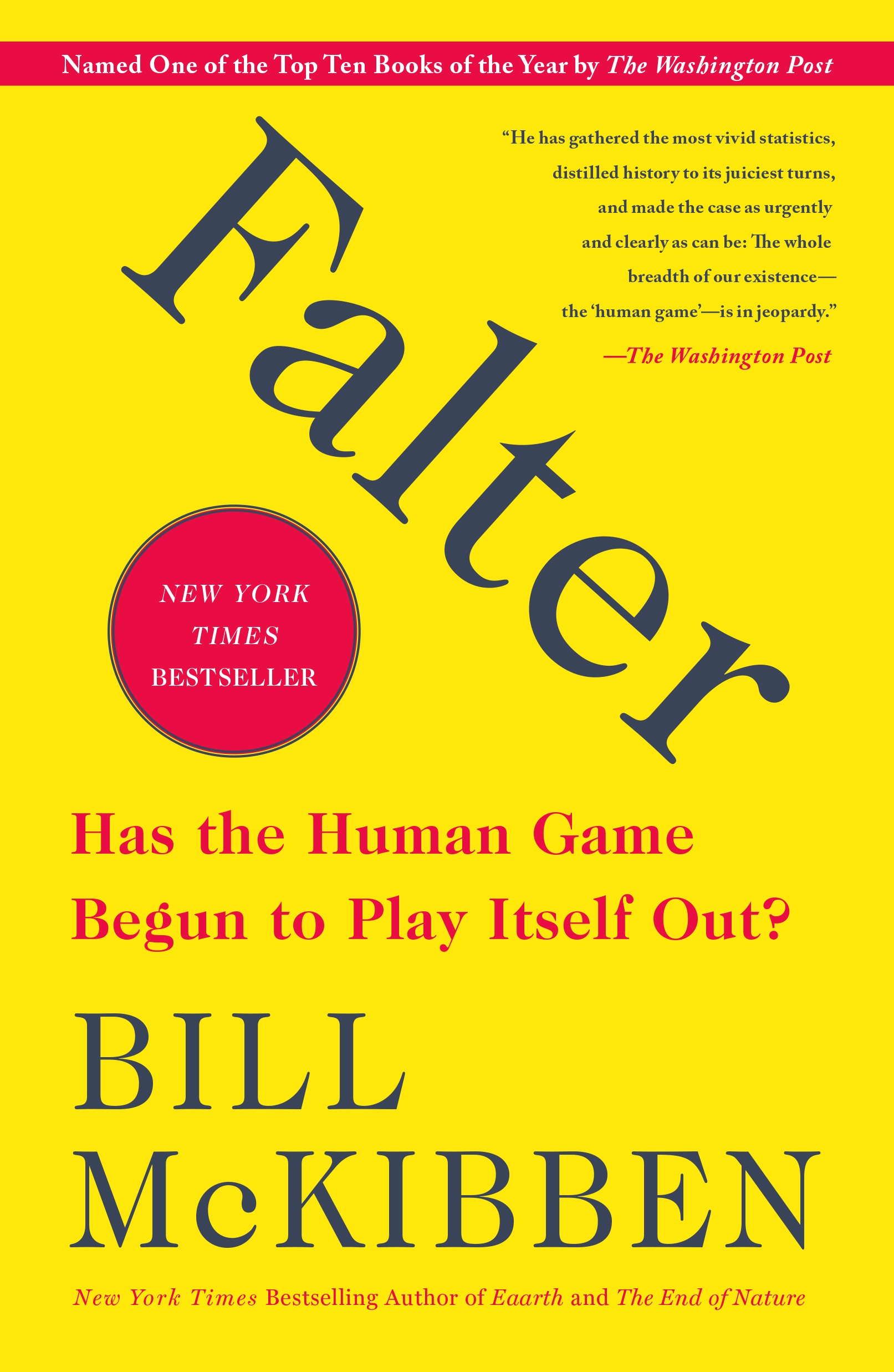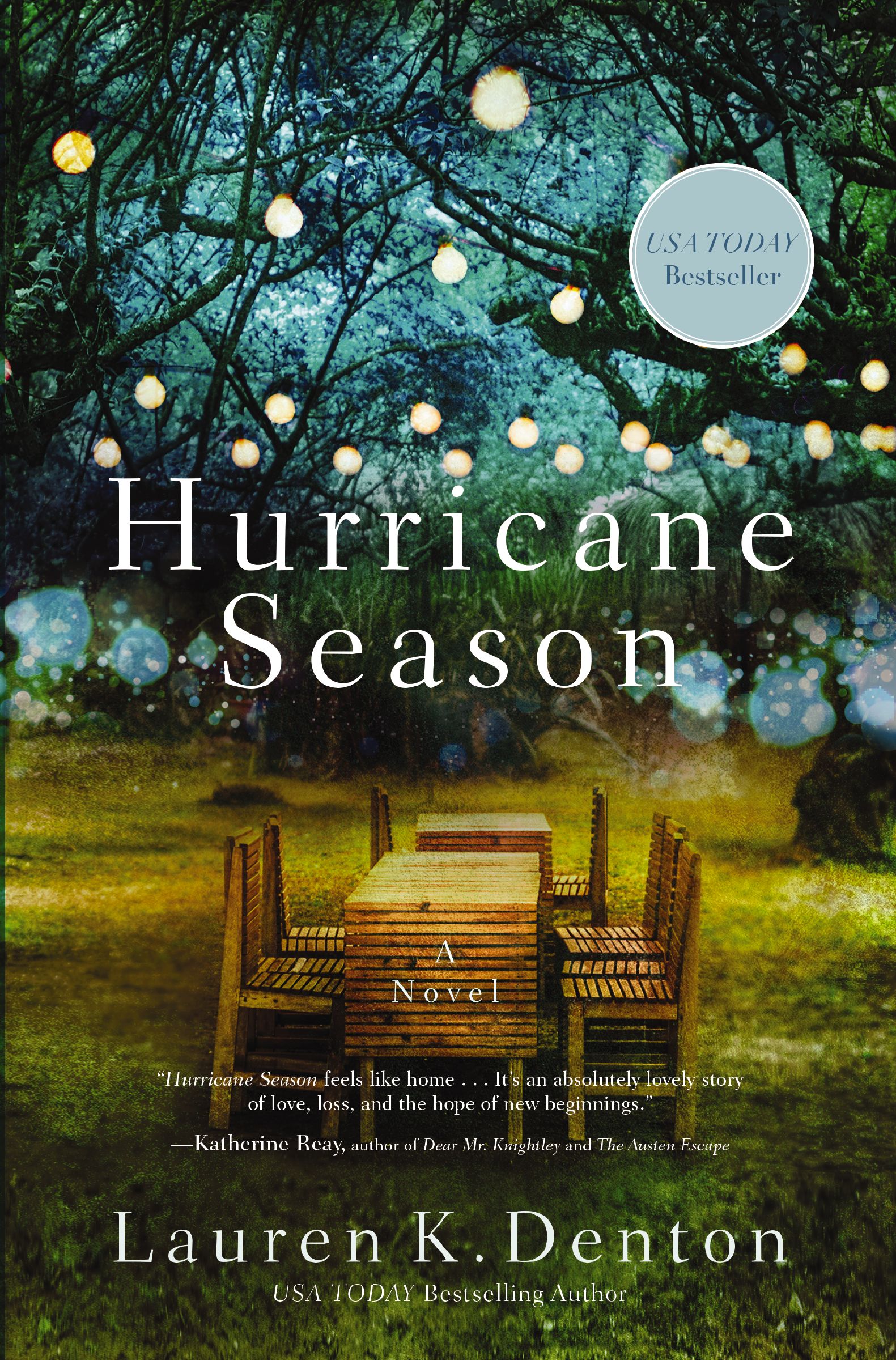Narrative and Document in the Rabbinic Canon: The Two Talmuds
by Jacob Neusner
2020-12-29 19:50:28
Narrative and Document in the Rabbinic Canon: The Two Talmuds
by Jacob Neusner
2020-12-29 19:50:28
The author states in his preface: For a thousand years, from its earliest documents of the second century to the High Middle Ages, Rabbinic Judaism preferred to compose and collect anecdotes, not to construct of them sustained and connected biograph...
Read more
The author states in his preface: For a thousand years, from its earliest documents of the second century to the High Middle Ages, Rabbinic Judaism preferred to compose and collect anecdotes, not to construct of them sustained and connected biographies. This is a study of the inclusion of biographical narratives about sages in some of the components of the unfolding canon of Rabbinic Judaism in the formative age, the documents of the first six centuries C.E., exclusive of the two Talmuds. A sage here is defined as a man who embodies the Rabbinic system. A sage-story, then, is an anecdote about the life and deeds of a Rabbinic sage. A biographical narrative in general is the record of things done on a concrete and specific past-tense occasion by named individuals. The stories are not told as part of a sustained biographical account of those individuals'' lives, birth to death. I am able in this way to correlate the unfolding of the authorized biography in the counterpart-Christian one. The documentary hypothesis yields the correlation between the advent of the Christian authorized biography and the advent of the sage-story in the later documents of the Rabbinic canon.
Less






























